#edo period art
Text
#ThreeForThursday:


Kubo Shunman (1757-1820)
Japanese White-Eyes on a Branch of Peach Tree, c.1805–10
Japanese White-Eyes with Plum Tree and Willow, c.1810
woodblock prints from Spring Rain Surimono Album (Harusame surimono-jō, v. 3)
Metropolitan Museum of Art, New York JP2293, JP2294
🆔 Zosterops japonicus
"Surimono are privately published woodblock prints, usually commissioned by poets or poetry groups as a form of New Year’s greeting card. The poems, most commonly kyōka (witty thirty-one syllable verse), inscribed on the prints usually include felicitous imagery connected with spring, which in the lunar calendar begins on the first day of the first month. Themes of surimono are often erudite, frequently alluding to Japanese literary classics in both texts and images.
This album belongs to a set of three compiled by Hayashi Tadamasa, the great Parisian dealer of Japanese art. Hayashi arranged the more than four hundred prints in the set on facing leaves according to themes, or in a way that created an attractive arrangement of designs, complementary in both color and shape. The pigments, printing techniques, and paper used for surimono often were of the highest quality, and represent the epitome of late Edo-period woodblock printing."
#animals in art#birds in art#illustration#bird#birds#19th century art#white-eye#Japanese art#Asian art#East Asian art#Kubo Shunman#Metropolitan Museum of Art New York#surimono#woodblock print#Edo period art#print#ukiyo e#works on paper#Three for Thursday
44 notes
·
View notes
Text

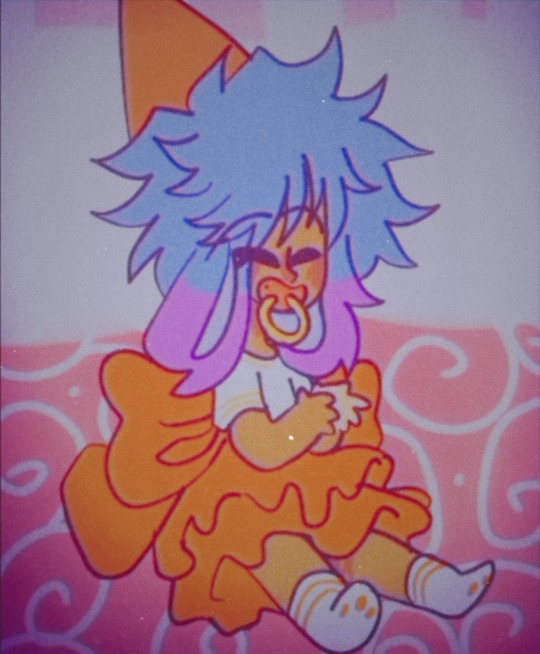
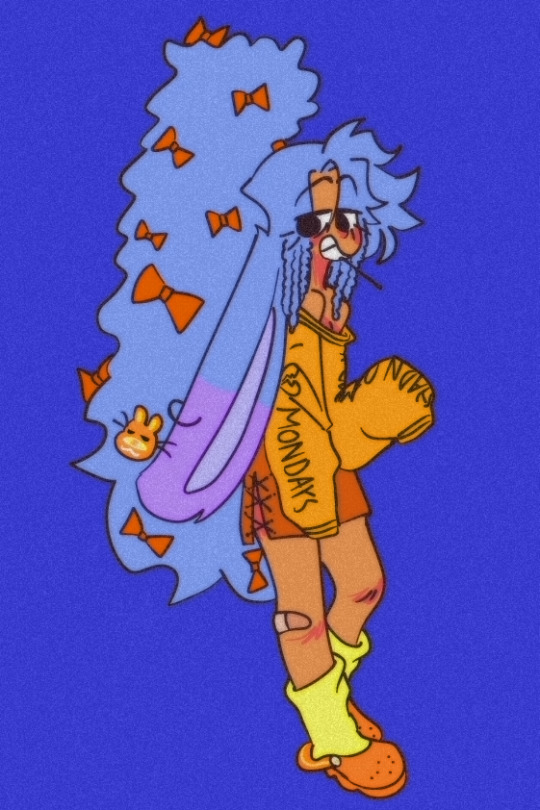


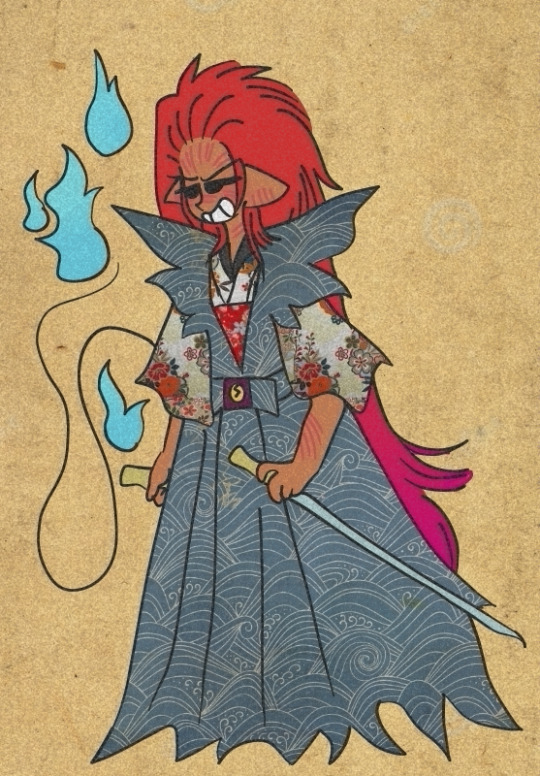
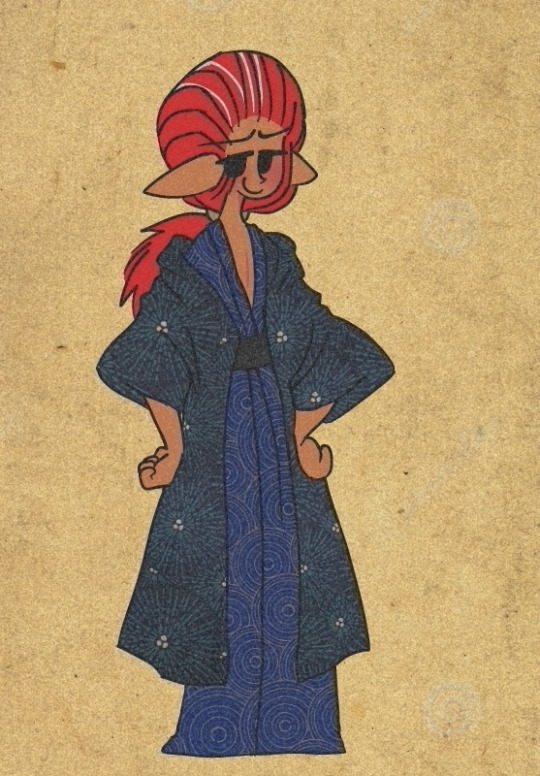
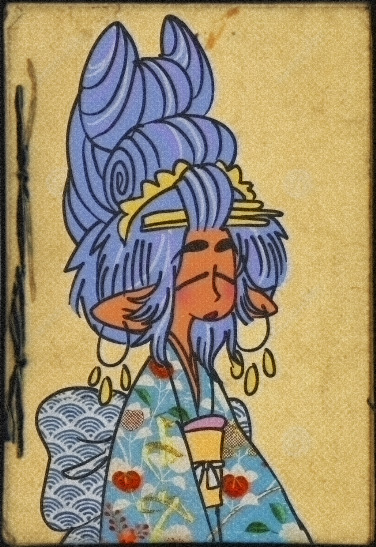
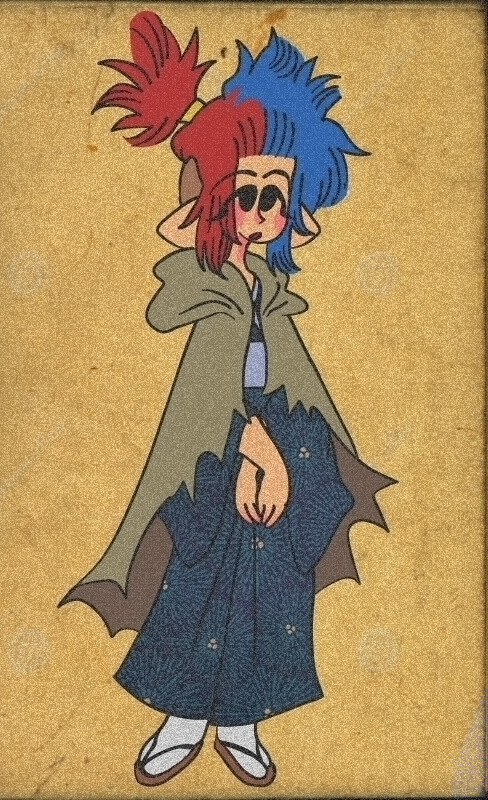

#art#artists on tumblr#drawings#digital drawing#oc art#illustration#artwork#original art#edo period#edo period art#garfeild#80s#1980s art
11 notes
·
View notes
Photo
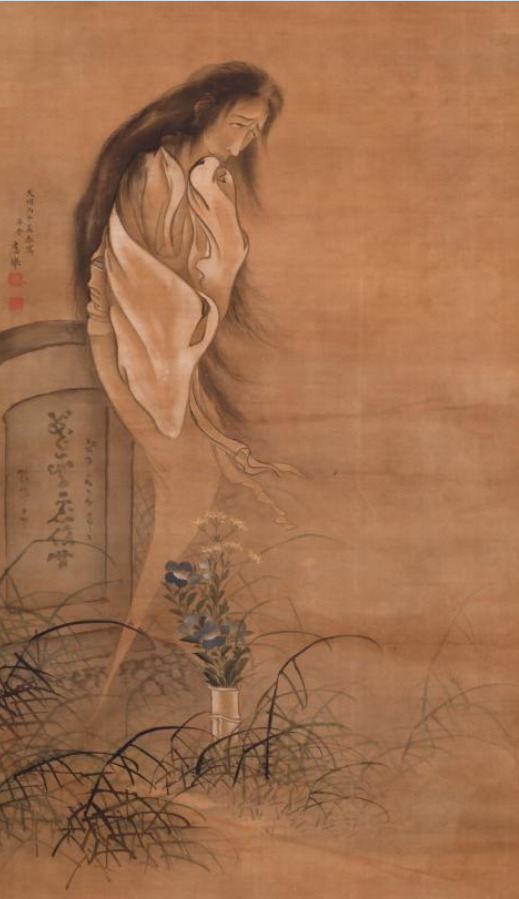
ghost
Maruyama Okyo(1733-1795)
10 notes
·
View notes
Text

Title: Noh Mask of a Demoness (Hannya)
Artist: In the Style of Ogawa Haritsu (Ritsuō) (Japanese, 1663–1747)
Period: Edo period (1615–1868)
Date: 18th century
Culture: Japan
Medium: Matted painting; color on papier mache in relief, against a paper background
#met museum#demoness#hannya#japanese art#edo period#edo period art#18th century art#18th century#1700s art#1700s#art history
2 notes
·
View notes
Text
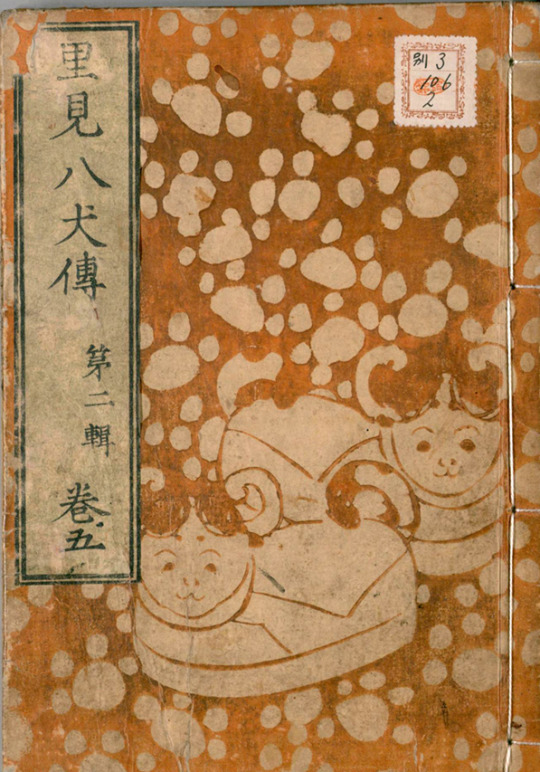

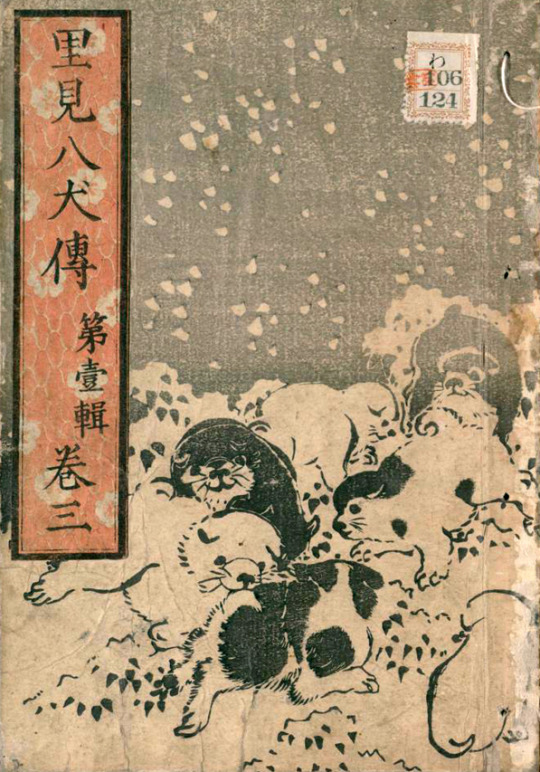


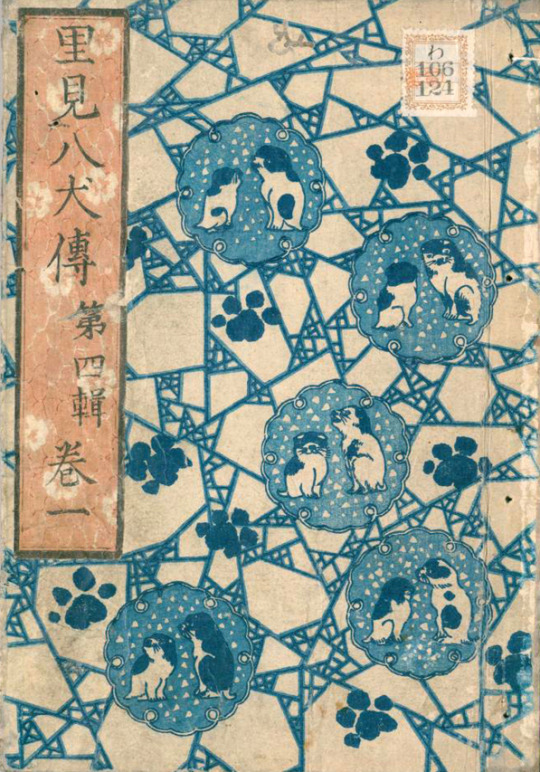

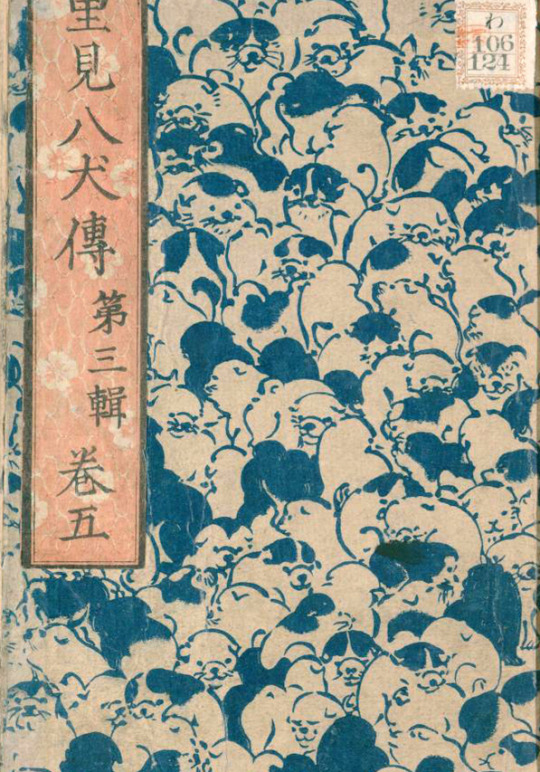


Covers for Satomi Hakkenden, a popular novel from the Edo period
4K notes
·
View notes
Text

Black Bear Cub, Mori Shūhō, 1799
#art#art history#Asian art#Japan#Japanese art#East Asia#East Asian art#Mori Shūhō#painting#animals in art#bear#bears#black bear#winter scene#snow#ink and color on silk#Edo period#18th century art
3K notes
·
View notes
Text
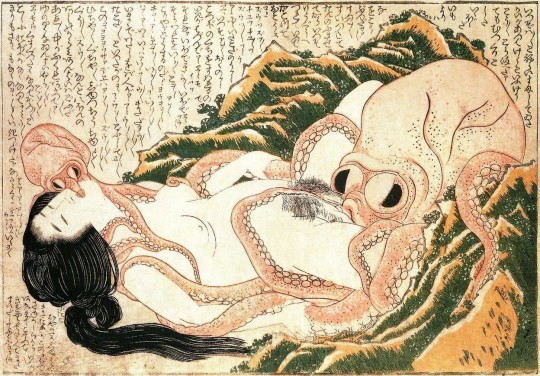
Katsushika Hokusai (1760-1849) — The Dream of the Fishermans Wife [woodblock print, 1814]
643 notes
·
View notes
Text

Fireflies in the Early Summer by Watanabe Shoka (19th Century)
#watanabe shoka#art#ukiyo-e#woodblock prints#fine art#19th century#19th century art#edo era#edo period#woodblock print#japanese art#japanese artist#nature art#fireflies#insects#summer#asian art#classic art
3K notes
·
View notes
Text

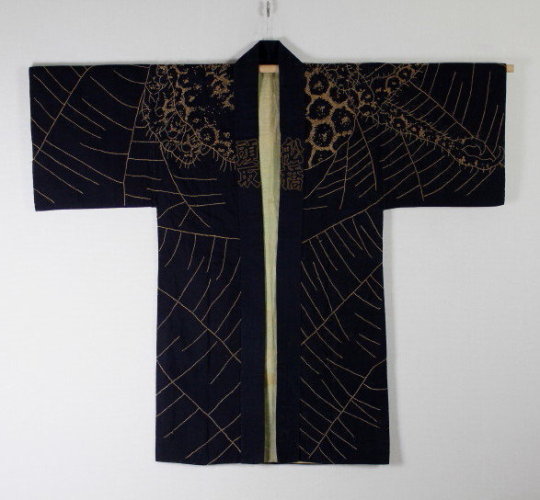
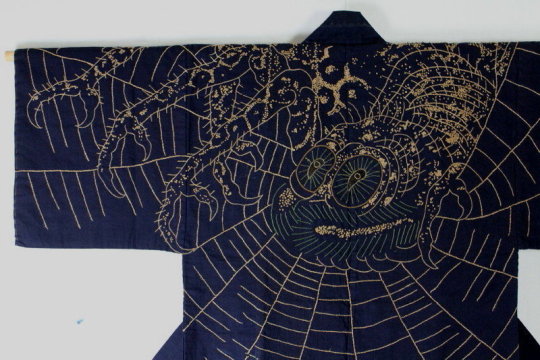


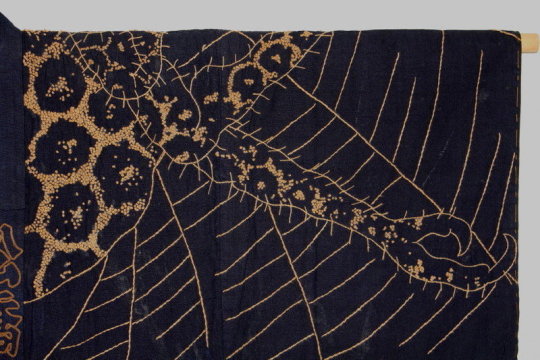

Edo era Sashiko-Embroidered Hanten
#I am floored#spider#embroidery#embroidered#sashiko#sashiko art#hanten#japanese#japan#edo#mid edo period#edo period#garb ref#japanese art#japanese clothing
6K notes
·
View notes
Text
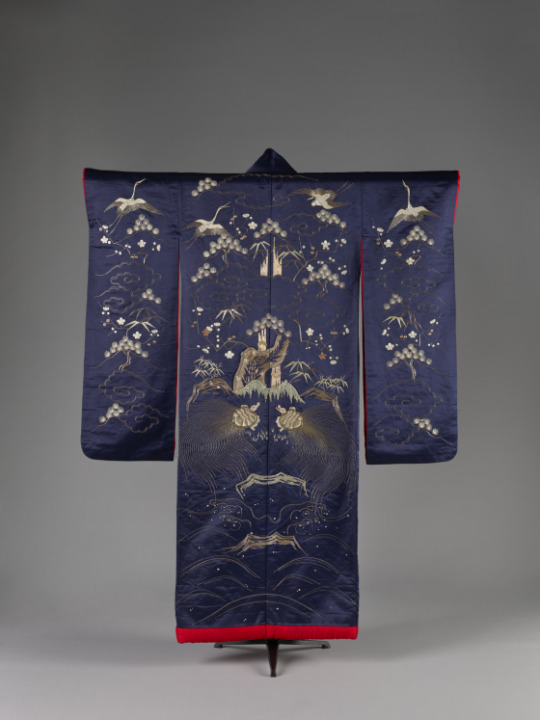
Wedding Kimono (Uchikake)
Chiba Prefecture, Japan
c.1850 (Edo Period)
Denver Art Museum
#wedding kimono#wedding#uchikake#fashion history#historical fashion#non western fashion#1850s#edo period#19th century#blue#silk#embroidery#denver art museum
699 notes
·
View notes
Text

[Haircare during Edo period], handy illustration by Sayuri Sasai.
As time went, Edo hairstyles became more and more intricated. Hairdos were set using plenty of styling products, like 梳き油 sukiabura (creamy pomade) or 付け油 tsukeabura (solid pomade). Many recipes existed, varying in bases (like 椿油 tsubakiabura/camellia oil, 菜種油nataneabura/canola oil, 木蝋 mokurô/sumac wax etc.) and fragrances used.
Once set, hairstyles did not fell apart easily, but the oils used meant hair easily caught dust or dander - hence why people used tenugui or other kinds of hoods to protect their hair (see those past notes 1 / 2):

In the past, washing one's hair was usually done once or twice per month (in the meantime, to relieve itchy scalp, people often used hairpins to scratch without unraveling hairdo!).
Dirt and wax were washed off using hot water and shampoo made from dried 布海苔 funori (a type of red algae) and うどん粉 udonko (wheat flour). You can see here an attempt at recreating the mix.
Then, hair was allowed to dry naturally (taking care of not catching a cold in freezing weather!).
#japan#fashion history#Sayuri Sasai#hair history#nihongami#japanese hairstyle#washing hair#shampoo#art#edo era#edo period#hair oil#hair wax#hair pomade#tsukeabura#sukiabura#tsubakiabura#tea seed oil#camellia oil#nataneabura#canola oil#mokurou#sumac wax#tenugui#hood#zukin#funori#dried seaweed#red algae#udonko
782 notes
·
View notes
Text
For #TurtleTuesday:

Ki-ki myo-myo 亀喜妙々(Strange and Marvellous Turtles of Happiness) by Utagawa Kuniyoshi 歌川国芳 (1797-1861), Japan, Edo period, 1847-1852. Triptych woodblock print (nishiki-e), ink and color on paper, H 3.58 cm x W 7.40 cm. British Museum.
More info about the context of this image via The Metropolitan Museum of Art, New York:
"Working at the end of the Edo period, the ingenious and prolific print artist Kuniyoshi brings the story of actors’ likenesses to a comic culmination in his depiction of twenty-three turtles, each with the face of a famous Kabuki actor of the day, scurrying around a red lacquer sake cup. Newly enforced publishing censorship rules from the Tenpō Reforms (1841–43) prohibited printmakers from making identifiable pictures of actors or courtesans."
#turtle#turtles#reptiles#Japanese art#East Asian art#Asian art#19th century art#ukiyo-e#nishiki-e#woodblock print#print#illustration#Utagawa Kuniyoshi#Edo period art#kabuki#British Museum#Metropolitan Museum of Art New York#Turtle Tuesday#animals in art
24 notes
·
View notes
Text
ahahahah
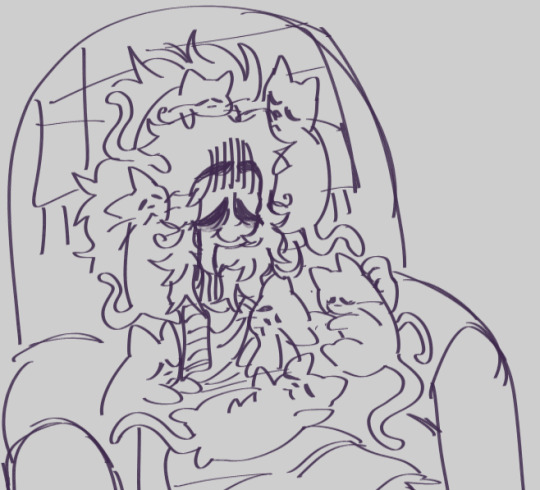
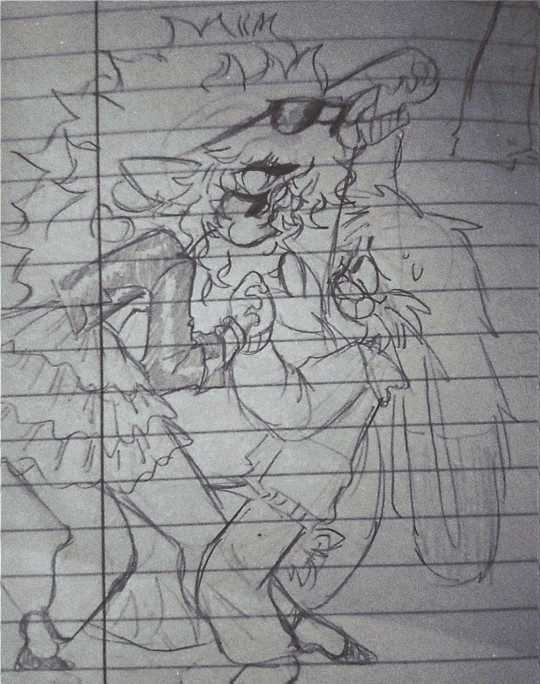


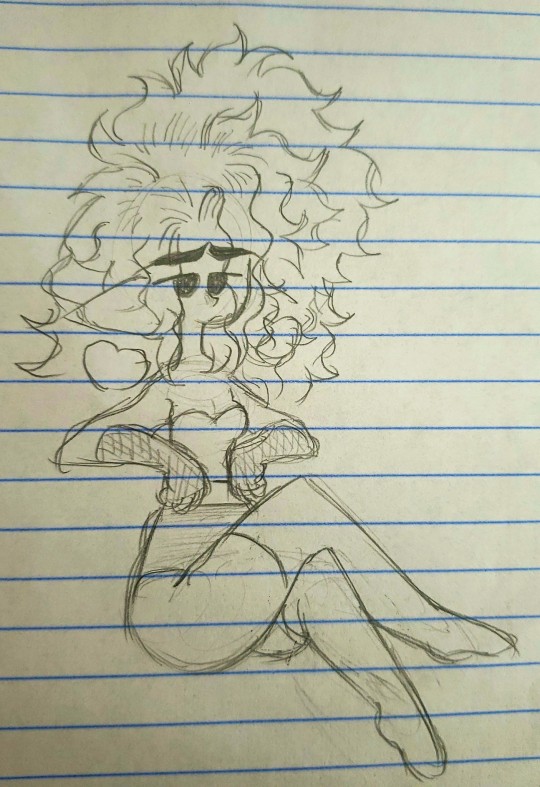
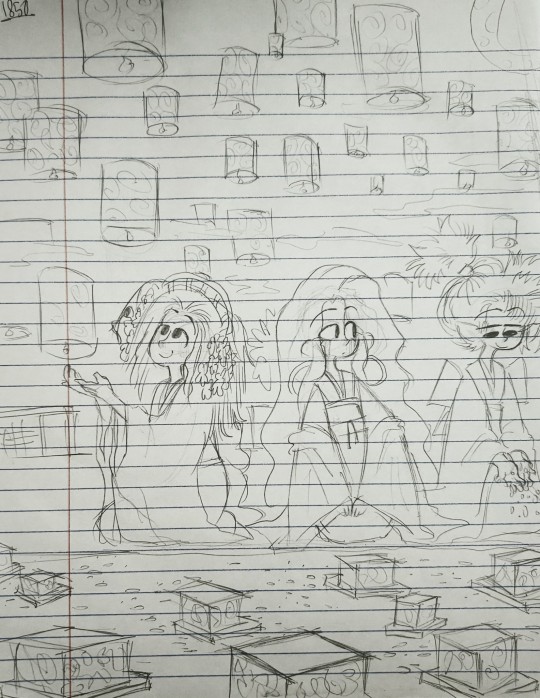



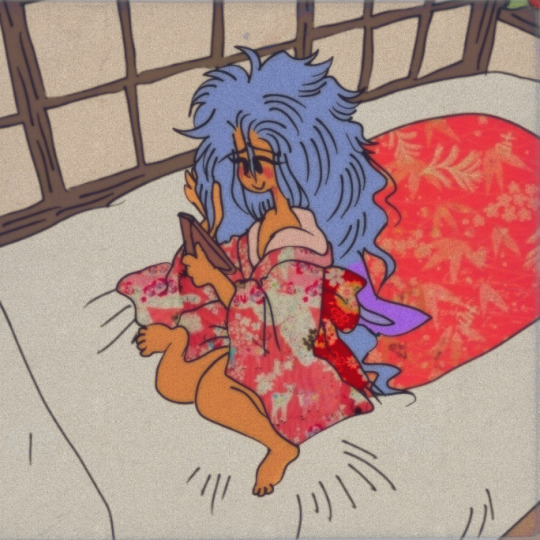
#art#artists on tumblr#drawings#digital drawing#oc art#illustration#artwork#original art#1980s art#80s#edo period art#edo period
8 notes
·
View notes
Photo

Laughing demon
Katsushika Hokusai
1831
#demon#japanese art#katsushika hokusai#laughing demon#japanese horror#japanese 1800s art#1800s art#edo period#edo period art
3 notes
·
View notes
Text

alone in kyoto
-------------------------------------------
prints | ko-fi | commission
[edit: prints available for this one]
Crowley in Edo period Japan on her way to the beach to find out what the Fisherman's Wife was going on about.
This piece is the second of THREE that I painted for the VERY FIRST ISSUE EVER of /r/GoodOmensAfterDark's WINGZ Magazine, a filthy smut rag that all of us---editors, directors, writers, and visual artists alike---are very proud to present to you.
Check it out here:
WINGZ Mag Spring '24 (Reddit)
Direct link (PDF, 90MB)
Direct link for Mobile (PDF, 8MB)
Detail shots in full res after the jumppppppp

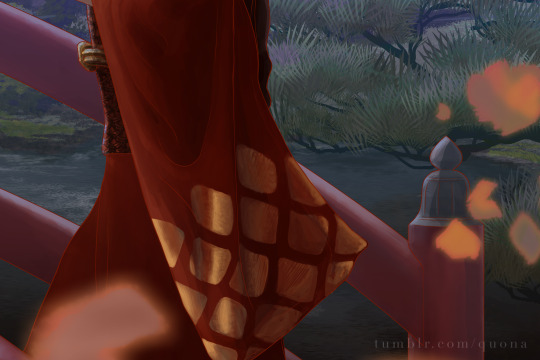


@goodomensafterdark
#crowley#edo period#good omens after dark#WINGZ magazine#good omens fanart#good omens#artists on tumblr#digital art#my art#gomens#spot the tentacles#low key monsterfucker crowley
227 notes
·
View notes
Text

Isoda Koryusai
Crow and Heron, Mid Edo period, circa 1772
#Isoda Koryusai#Crows#Edo period#japanese art#woodblock print#ukiyoe#color woodblock#japanese#woodcut
2K notes
·
View notes